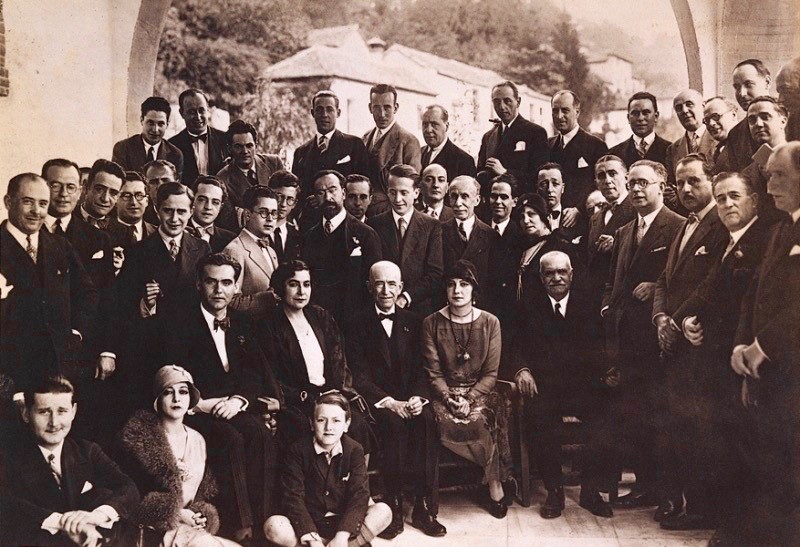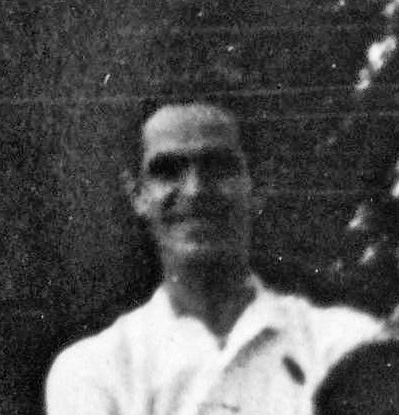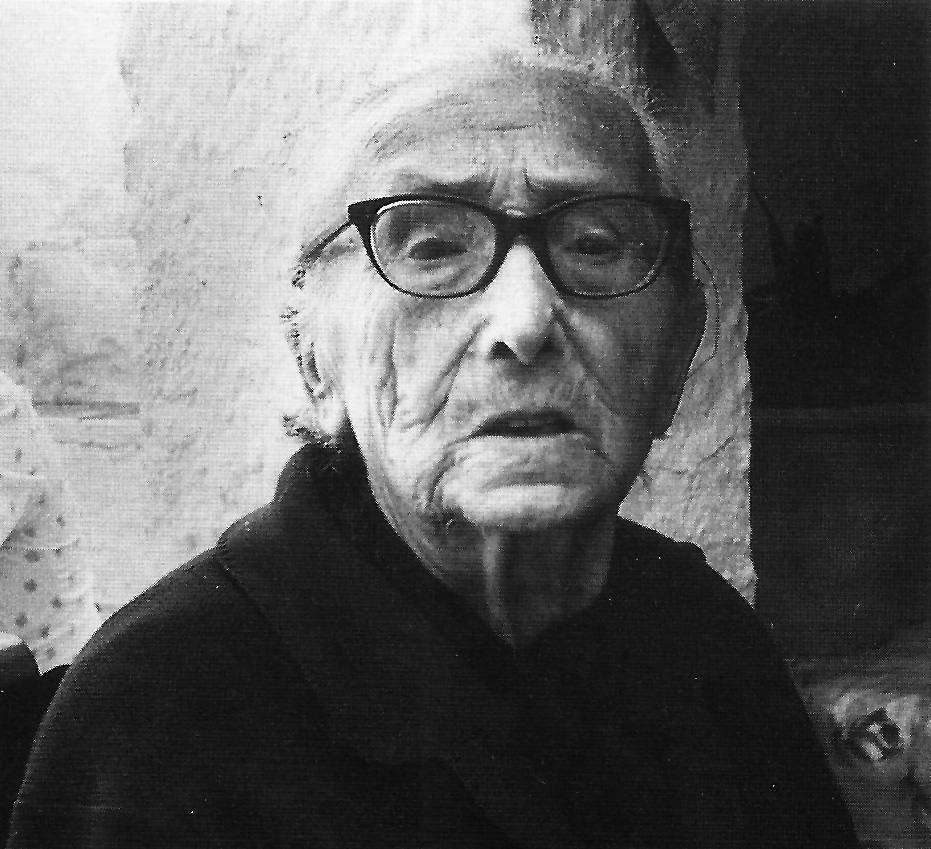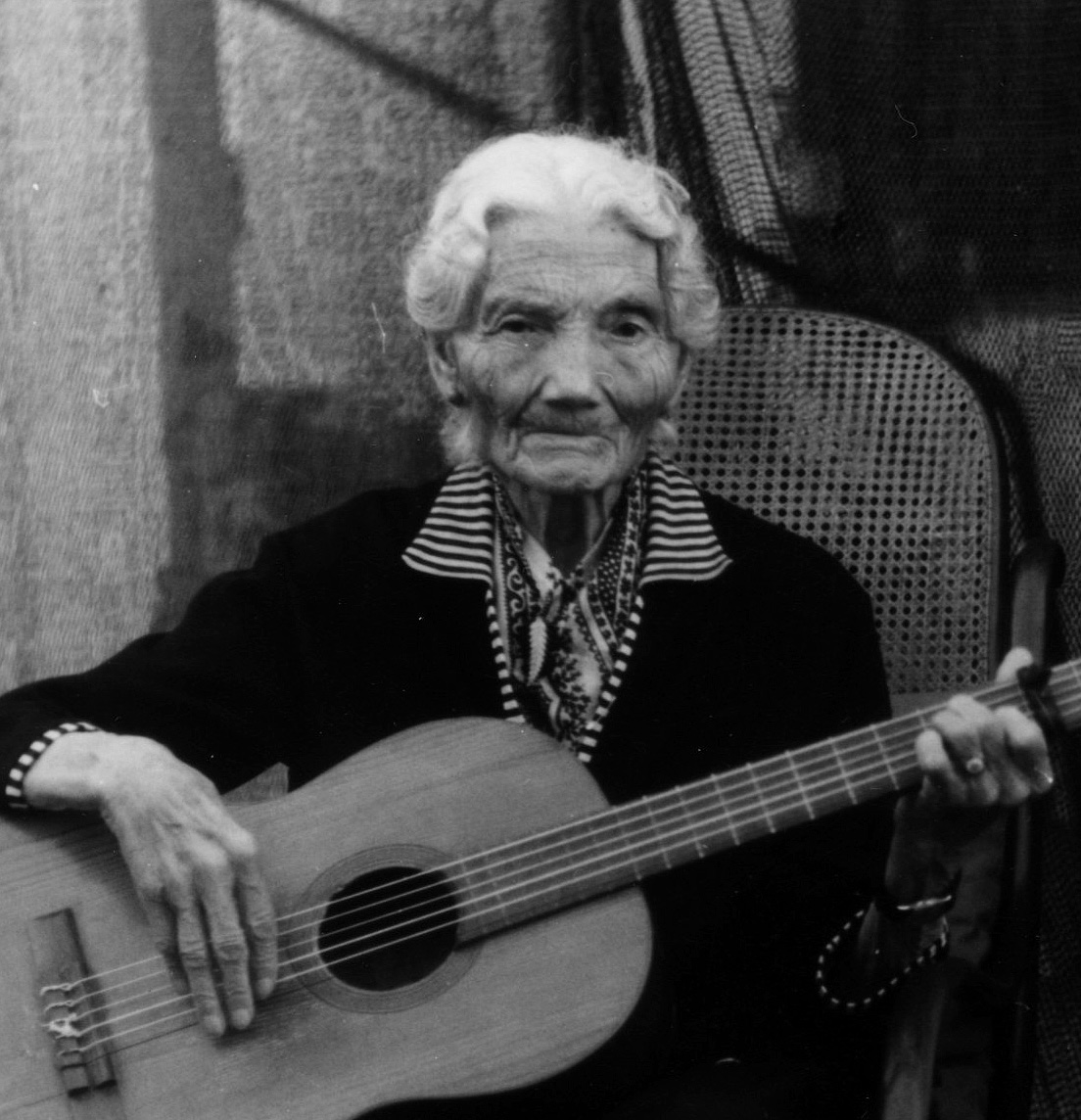Teacher educated in the spirit of the Institución Libre de Enseñanza (Free Teaching Institution), first cousin and confidant in his youth of Federico García Lorca, born in 1900 in Fuente Vaqueros. Socialist militant during the Republic and then during the long night of Franco’s regime. He was imprisoned in 1940 after trying to flee unsuccessfully to exile from Alicante. He was the brother of Aurelia González García, the protagonist of Dreams of my Cousin Aurelia, the incomplete comedy on which García Lorca worked during the summer of 1936, shortly before his assassination. According to Francisco García Lorca “if Federico himself had not left the work he left, he would be one of the most outstanding cousins of my generation, like Enrique, Clotilde or Aurelia, like Elena or Salvador: notable for their grace or their fantasy, for their sharpness or their distinction”. In 1956, despite the threats against him and his periodic stays in prison in Granada, he attended and accompanied Agustín Penón during the investigation to clarify the circumstances of the poet’s murder, which he transcribed in the book Fear, Forgetfulness and Fantasy, summarized and published by Marta Osorio in 2009.
Enrique confided to Penón some details about his cousin’s routines during the time they lived together: Federico used to get up late, went to the café before eating and used to write in the small hours of the morning
Enrique González appears with Federico in two well-publicized photos of the poet and playwright: the first, in the summer of 1920, during a walk along the banks of the river Cubillas, in Valderrubio, together with Enrique García Palacios, Manuel Ángeles Ortiz, Isabel and Concha García Lorca and Mercedes Delgado. Federico and Enrique had a very close relationship during their early youth. Enrique, who was nicknamed El Cejas, is also in the group photo taken in May 1929 at the entrance of the Hotel Alhambra Palace after the Granada premiere of Mariana Pineda alongside Falla and Margarita Xirgu, and close to Fernando de los Ríos and Alfonso García-Valdecasas. He was a regular of El Rinconcillo.

Thanks to the booklet Circuit of Absence, by Andrés Soria Olmedo, dedicated to the poet Pedro García Cabrera, we know that Enrique studied teaching at the Normal School in Granada, founded by Gloria Giner de los Ríos, that he was in the war in Morocco between 1921 and 1925, and that he joined the PSOE. He worked as a teacher in Motril during the Republic and during the Spanish war he fought in the Engineers Corps and participated in the bloody battle of Teruel. At the end of the war he waited in vain in the port of Alicante for the ship that was to take him to exile. He was arrested and confined in the Albatera concentration camp, one of the harshest, along with other Republicans who had unsuccessfully tried to flee the country. He was later tried and sentenced to 20 years in prison.
At the end of the 1940s, when he was released, he organized a clandestine committee of the PSOE in Granada, together with other militants such as Joaquín Muñoz, Juan Segura, Pedro Castillo and the writer José Fernández Castro, who maintained contacts and distributed propaganda from the socialist exiles in Mexico. Although he was temporarily released by Franco’s authorities, he fell into their hands again in 1953 along with other militants who used to meet at the Café La Montesina on Mesones Street. Enrique García was arrested and tortured and, after a year and a half in jail, sent to a remote destination, the school of the Contreras Reservoir construction site, between the provinces of Cuenca and Valencia.

Agustín Penón, who met him in Granada in 1956 through José Fernández Castro, presents him as “one of the people who were closest” to Federico. When they met, Enrique, removed from the teaching profession for his political implications and awaiting trial, was working in a warehouse located in La Trinidad Square. Enrique confided to Penón some details about his cousin’s routines during the time they lived together: Federico used to get up late, went to the café before eating and used to write in the early hours of the morning. “If someone approached him to ask: “And what does this mean…?”, Federico, who never got angry, but never explained his poems, laughed or answered: “Nothing, it doesn’t mean anything”. Enrique once heard him say: “Children understand, but grown-ups…”.
After a life under the dictatorship, Enrique González died in Granada in 1976, a year after Franco’s death and the same year in which the first authorized trinute to his first cousin was held in his town, Fuente Vaqueros.


